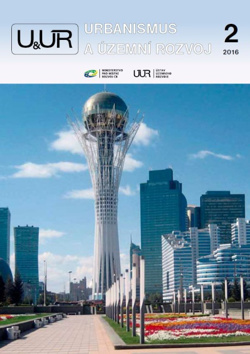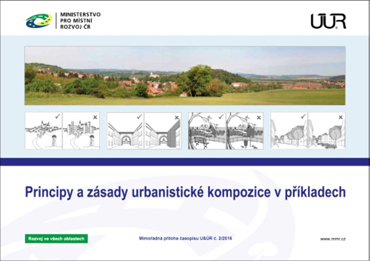

Comparison of development strategies for mining areas in the Czech Republic and Germany, by Martin Pospíšil
The article identifies the different approaches to the planning of the transformation of old industrial and mining zones adopted in the Czech Republic and Germany and comments on differing extents in an integrated and spatial-based approach to development strategies. Taking into account the common characteristics of these regions (dominant opencast lignite mining) and similarities in the socio-economic structure, the analysis refers to the regions south of Leipzig for the German part and at the foothills of the Ore Mountains (Podkrušnohoří) in the Czech Republic. It compares empirically their development strategies anchored in the update of REK Südraum Leipzig 2008 (an outcome of the European cohesion policy in the 2007-2013 programme period) and the Integrated Development Strategy of the Ústí-Chomutov Agglomeration (under preparation for the 2014-2020 programme period). Focusing on the relation between the analytic and strategic chapters, the needs identified and the objectives stipulated, the article explores the factual composition and structure of the measures to be taken and the effects and impacts they may have on the territory.
The landscape: public interest as defined in spatial planning documents, by Beata Vinklárková
When the new Building Act came into effect in 2007, landscape became a subject of spatial planning in the scope of the Regions, and this applies for the whole territory of the Czech Republic. The aim of landscape planning is to overcome departmentalism, and to define the concept of the protection of landscape values and the quality objectives of landscapes according to the European Landscape Convention. All this should be anchored in documents of spatial planning of the Regions, i.e. the Principles of Spatial Development. Current experience is boosting professional debate on the lack of expert input and effective public participation. The attitude to problems of landscape prevalent at various levels of the hierarchy of spatial planning documentation is also a current topic of discussions. Opportunities for the creation of a relevant basis for spatial planning documentation are offered by spatial studies produced at the level of the Regions and Municipalities with extended powers.
Urban agenda of the EU: Why, how and for whom? Report of a round table discussion at the Prague AESOP congress, held on 16 July 2015, by Anna Geppert and Laura Colini
The ministers responsible for territorial cohesion and urban matters in EU member countries gave their assent to the Declaration of Ministers towards the EU Urban Agenda in the Latvian capital Riga on 10 June 2015. The publication of such an important political document, instigated by European institutions, had been expected for nearly two decades.
Twenty-five years of the European policy of urban development, by Věra Thea Zoubková
This article originated on the eve of the Habitat III global conference, to which the European Union was invited to present its vision of urban development. Is there anything Europe can offer? The article summarizes the development of the European urban agenda as influenced by executive decisions of the Council of the European Union and the European Commission.
Vineyard architecture and its role in the protection of landscape character, by Petr Dýr
The history of viticulture, some eight thousand years old, is closely connected with vineyard architecture. On the territory of today’s Czech Republic, the traditional form of purpose-built vineyard cabins and cellars was first developed in the 13th century, and it has survived in various forms to this day. It has enriched the landscape character of the wine-growing regions by its unmistakable reference to their history.
Metamorphoses of the city of Astana, by Hana Urbášková, Radan Volnohradský & Yelena Zhuravlyova
Every city is a unique living organism that evolves in time and space according to its potential. Despite some important individual interventions, it is never based on one plan by one architect. This generates huge diversity and complexity as well as strain and complications. Nevertheless, if the common denominator of each modern intervention is deliberate effort in support of sustainable development, there is a realistic chance that the admirable qualities of today’s cities will remain so for future generations.